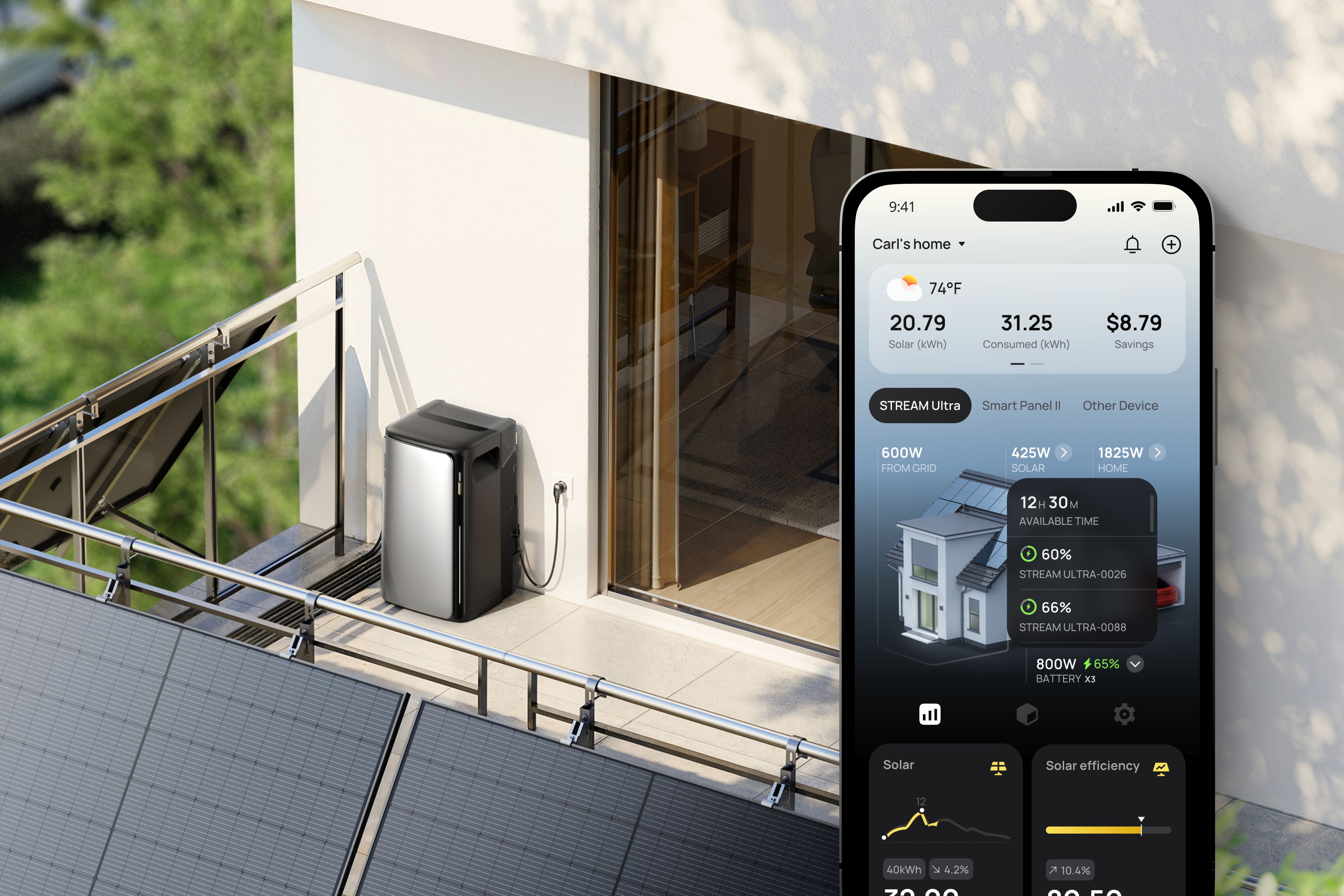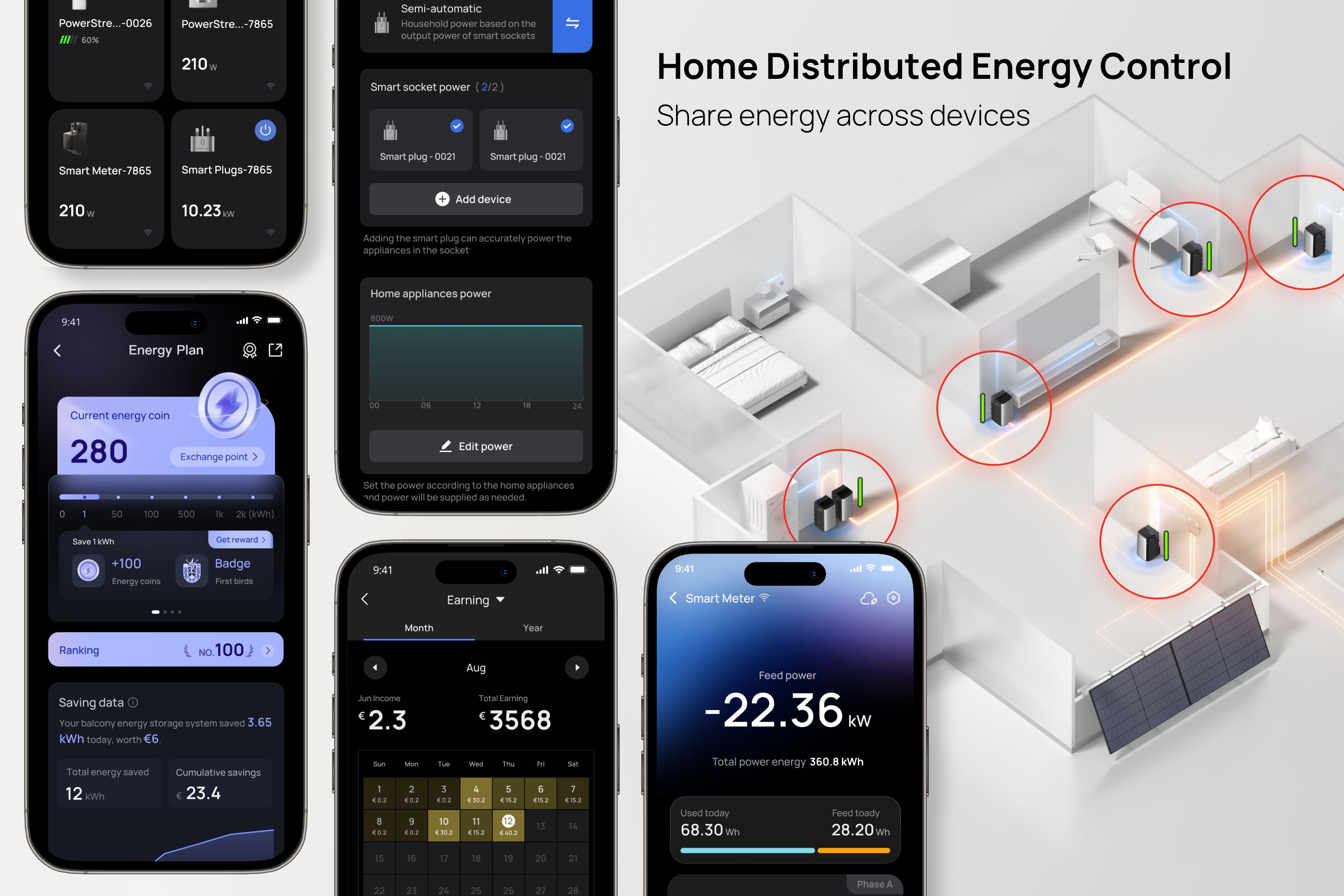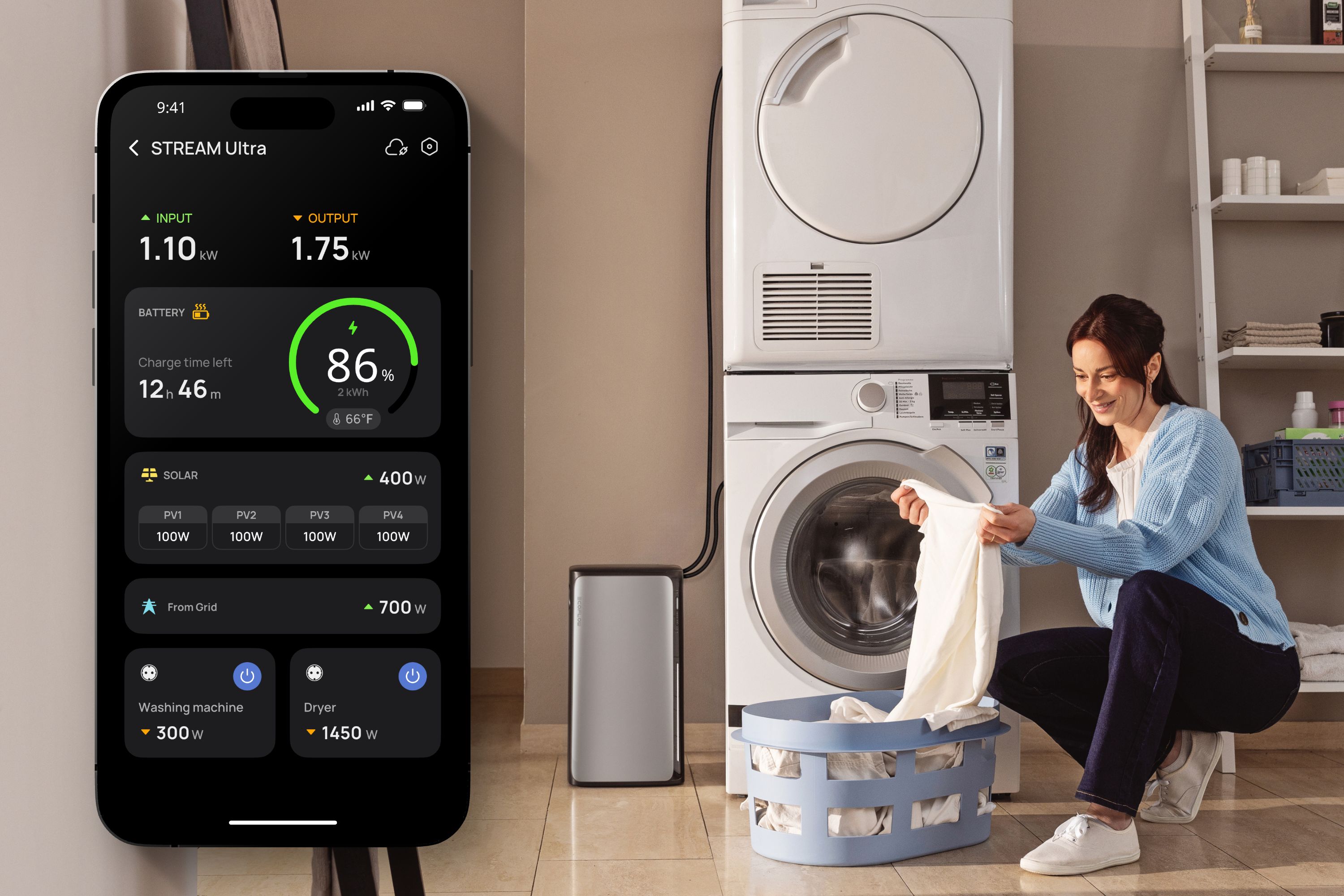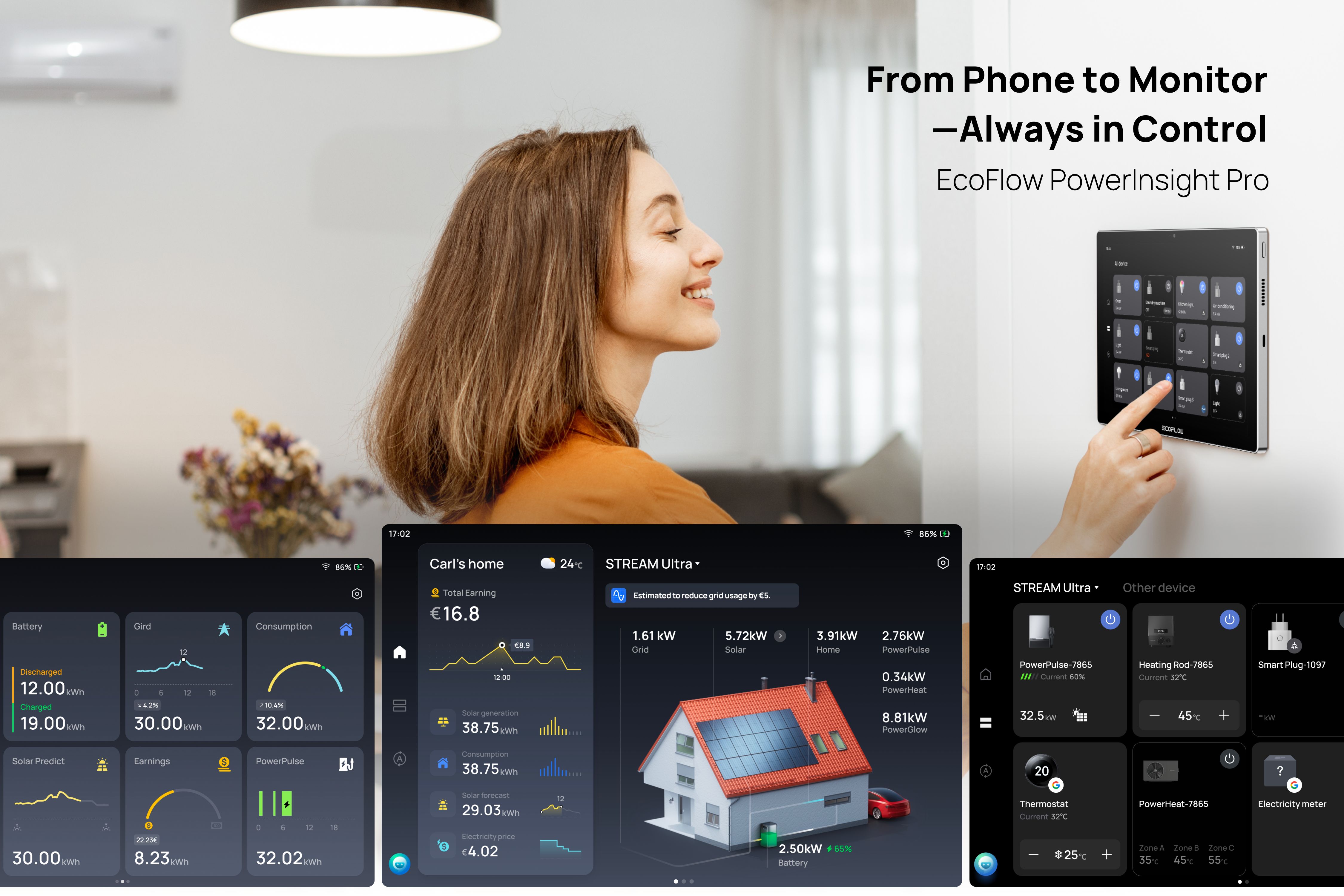
Designers
Zhong Heli, Zhang Jing, Xu Shimin, Liang Jiayuan
Year
2025
Category
Product
Country
China
Design Studio / Department
EcoFlow UX

Three questions to the project team
What was the particular challenge of the project from a UX point of view?
Our key challenges were helping users understand and manage complex energy information through intuitive charts, status indicators, and guided interactions.
We addressed this by introducing a floating panel on the homepage that clearly displays the power levels and solar output of each device, along with both individual and overall system performance. The system supports multiple operation modes and smart scheduling strategies, allowing flexible control based on different usage scenarios.
With a smart meter installed, the system monitors real-time energy demand and automatically adjusts output to reduce waste. AI mode simplifies control, making energy management easier and more efficient.
What was your personal highlight in the development process? Was there an aha!-moment, was there a low point?
During the prototype development phase, we conducted Beta user testing to validate user scenarios and value propositions. The testing revealed that users had difficulty understanding the energy scheduling strategy. To address this, we optimized the onboarding guidance and verified through subsequent user tests that the improved guidance significantly reduced users’ cognitive load, helping them better understand how the system manages power output via the meter or manual settings.
We recognize that designing a complex system to be user-friendly involves multiple factors. Key elements include localized copy, clear guidance, intelligent advisory suggestions, and multi-dimensional data viewing and monitoring.
Where do you see yourself and the project in the next five years?
The Balcony Energy Storage project will leverage its short payback period and convenient plug-and-play installation to gradually achieve large-scale promotion and adoption. The system will continue to enhance the design of the homepage and energy flow views, enrich the display of device operating statuses, and support more diverse operating modes and intelligent scheduling strategies to meet the personalized needs of different users. By integrating real-time monitoring through smart meters and AI-driven dynamic scheduling, the project will help users efficiently manage energy consumption, maximize energy savings, and drive smart home energy management toward a more convenient, efficient, and sustainable future.


